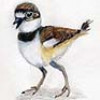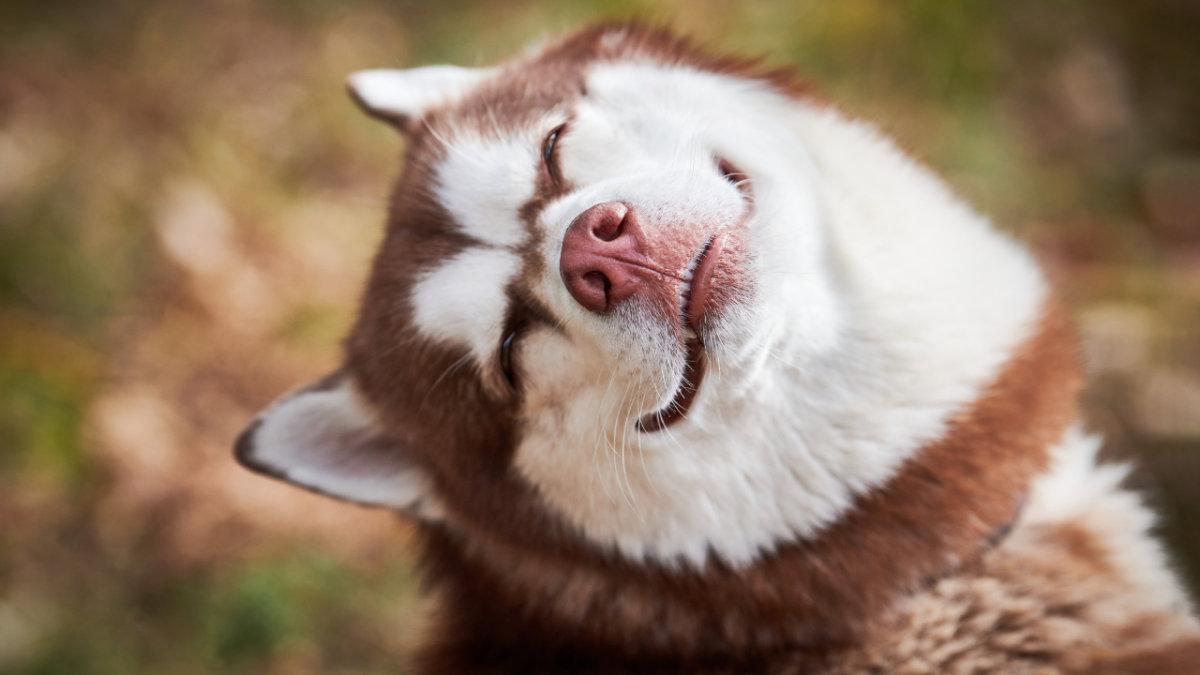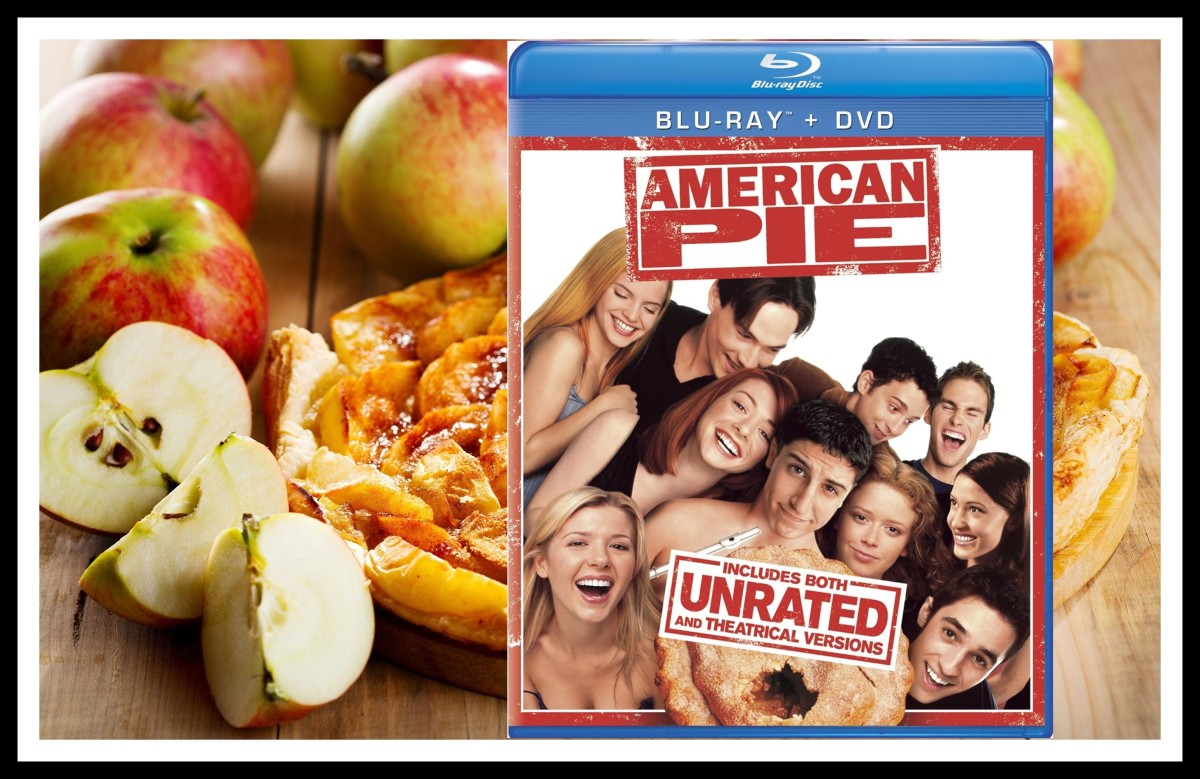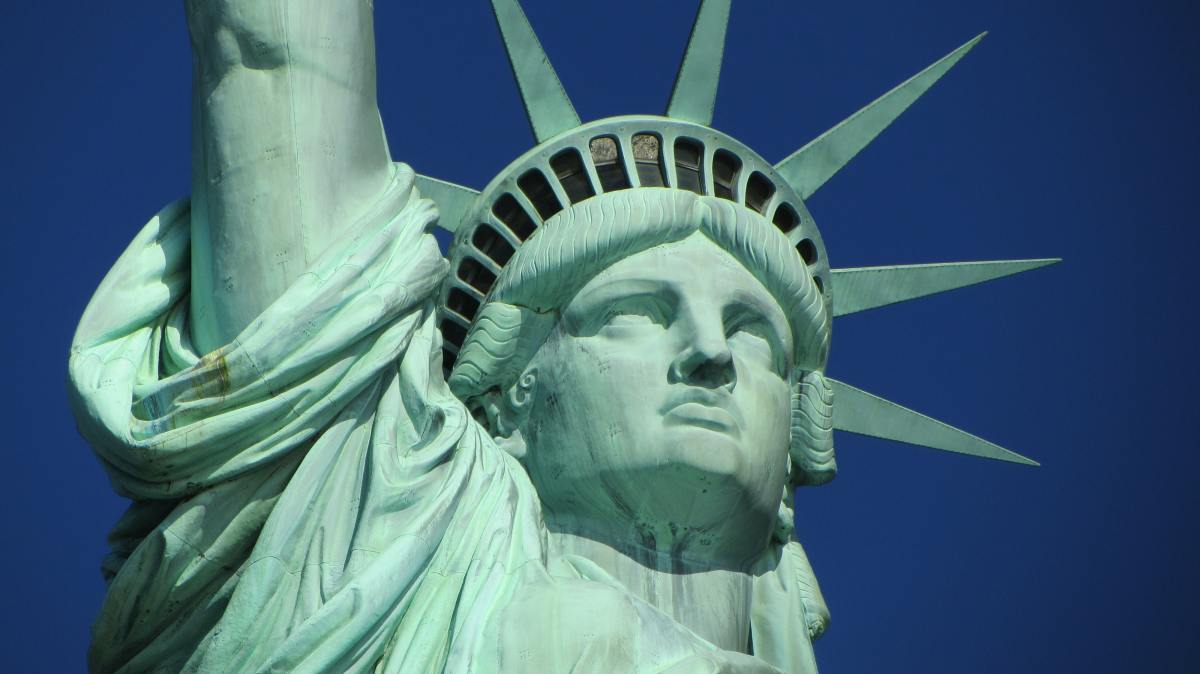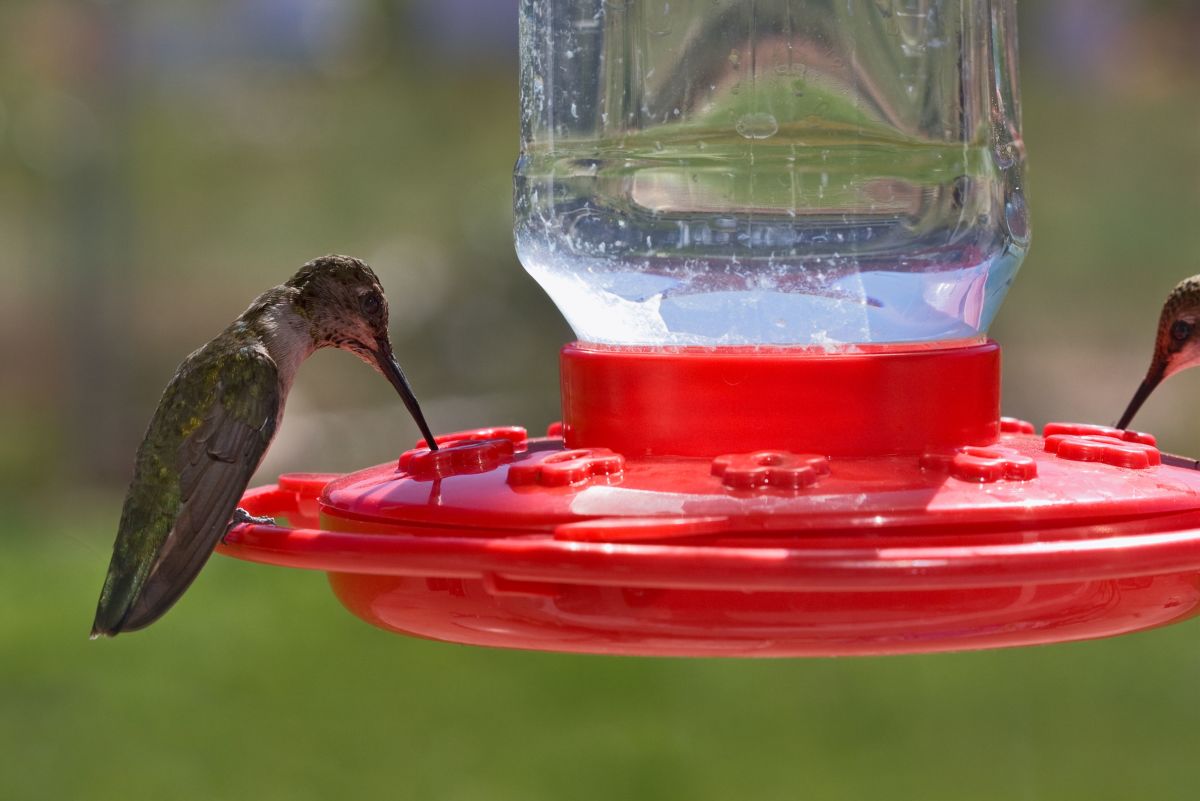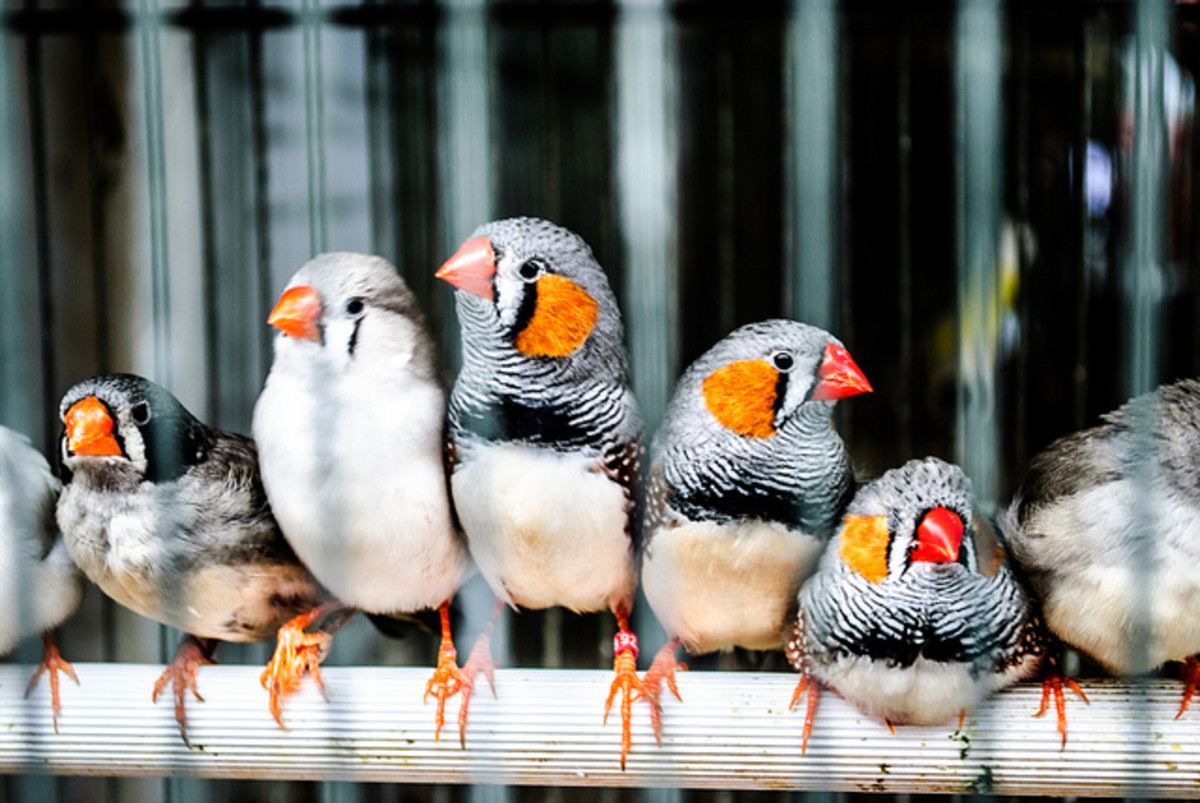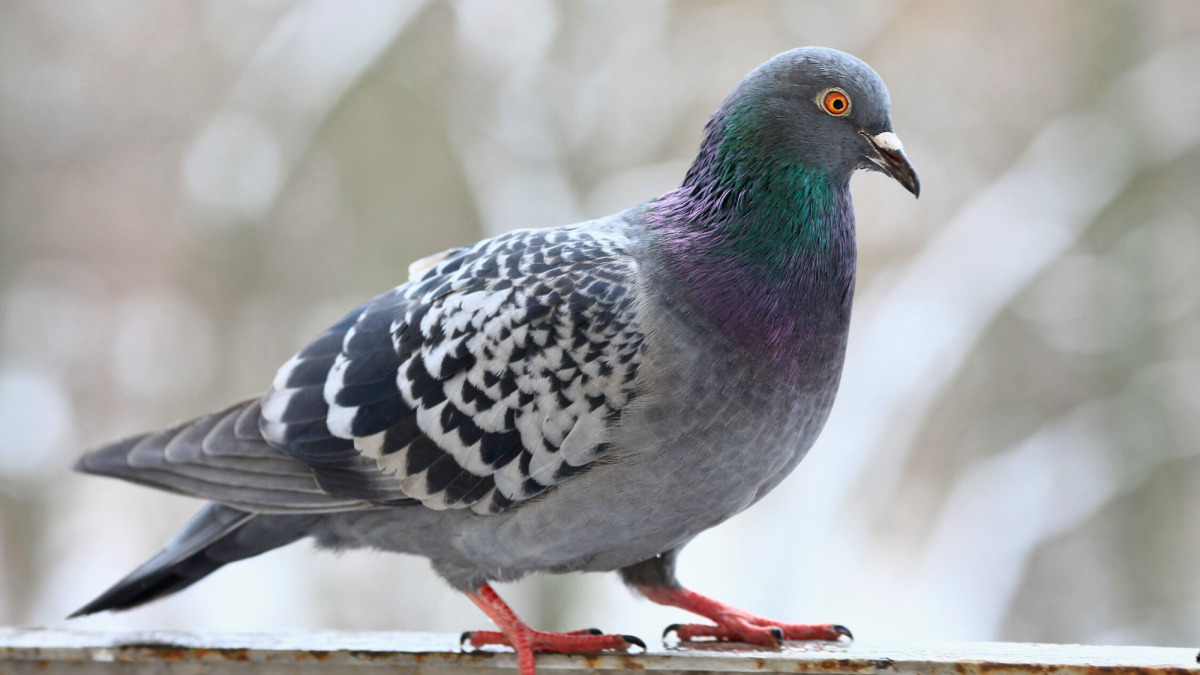Decline of the American red knot
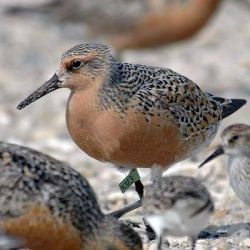
American subspecies declining fast
This is a hub about a bird in the sandpiper family called the red knot. Red knots are the name they go by in the western hemisphere. In other parts of the world, they are simply known as knots. In very recent history, red knot populations have severely plummeted and are now rapidly heading towards extinction in the western hemisphere. The primary cause is human disturbance and activities in their feeding areas, especially the severe depletion of horseshoe crabs in one of their main stop over sites.
One subspecies of red knot follows a route similar to the now extinct or almost extinct Eskimo curlew. They breed up in the high arctic near where the curlew once bred in the arctic. Twice a year, they make the trip down to the tip of South America and back. There are six subspecies of red knot and the one that is most in trouble is the rufa subspecies. Much of their environment is also shared with beach combers and feeding and resting is often disturbed. Their population has dropped 70% since the year 2000. In the last 20 years, their population went from over 100,000 to less than 15,000 and it's still dropping.
Some American red knots spend the winter on the western coasts of North and South America. There is a subspecies called the roselaari red knot, also known as the Alaskan red knot, that has a shorter migration route. They are not declining as fast as the rufa red knot, but they are also showing signs of serious decline.
Photo by the U.S. Fish and Wildlife Service, Northeast Division and Gregory Breese.
Rufa Red Knot
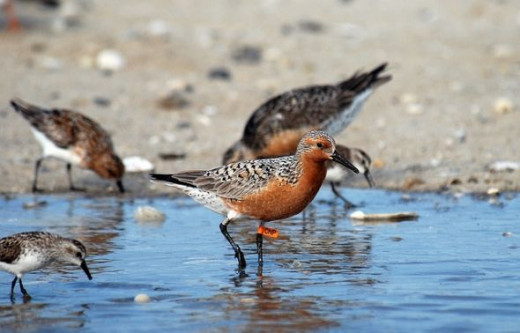
Here is a up close photo of a rufa red knot with a research tag on him. His orange tag indicates that he was first captured in Argentina. Birds captured in the United States have a green tag such as in the photo above. I, myself, have never seen a tagged red knot, but I think the east coast ones might be more likely to get tagged than the ones on the west coast.
Photo by the U.S. Fish and Wildlife Agency, Northeast Division and was taken by Gary Breese.
Facts about American red knots
Here are some interesting facts about both rufa and roselaari red knots.
- Red knots eat various invertebrates such as snails, insects, bivalves, worms, and the eggs of horseshoe crabs.
- Almost the entire population of rufa red knots stop over in Delaware Bay on their northern migration, mostly to take advantage of horseshoe crab breeding season.
- American red knots travel 9000 mile each way to the tip of South America each year.
- One red knot, known as "Moonbird" or the "Great B95" is known to be at least 20 years old. His name comes from the fact that, over his life, he has flown the equivalent distance of going to the moon and halfway back. Most red knots live much shorter lives, many do not make it past their first year.
- Red knots do not regurgitate the hard parts of their prey like most other birds do. Instead, these parts pass through their system.
- Red knots are monogamous, at least for the breeding season. No research has been done as to whether or not they form long term bonds from year to year.
Amercian red knots and horseshoe crabs
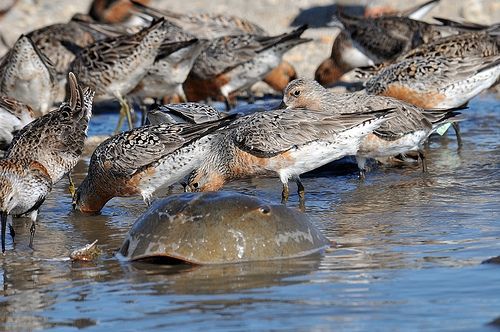
Rufa red knots rely on the abundance of horseshoe crab eggs during their northern migration. The energy these eggs provide help them to have enough energy to choose a good breeding spot when they reach the arctic. It also helps in case they arrive in the arctic before the spring thaw when food may be scarce.
Human beings have long used horseshoe crabs for food and bait. Recently, certain compounds found in the horseshoe crab's blood have been of great interest and use to humans. As a result, a large number of crabs were harvested before they could lay eggs, causing a drop in their population. Steps are now being taken to harvest the crab's blood and release it back into the wild so that it can continue with its breeding cycle,
Photo by U.S. Fish and Wildlife Service, Northeast Division, Gregory Breese
The great migrator
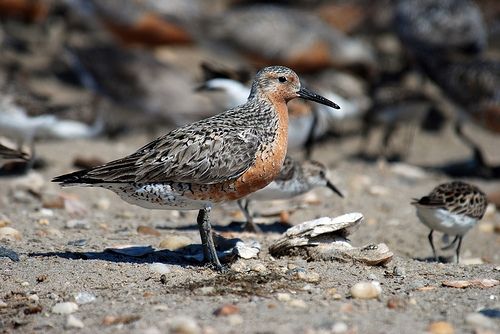
Red knots are famous for their tremendously long migration. Delaware Bay is an important stopover place for these birds to fuel up and continue on to the arctic. It's critical they arrive to their breeding grounds in good health in order to assure a good breeding year.
Photo by Gregory Breese of the USFWS, Northeast Region.
Moonbird, the Great B95
This is a book following the red knot known as Moonbird, first tagged in Rio Grande, Argentina. A researcher describes the plight of the red knots, their migration, and their decline. This book is rated as being for children, but it is also great for adults. Plenty of photos and maps throughout the book as well as information on how birds are researched and banded.
***Update: Moonbird was recently seen heading back up to the arctic to breed! The bird, now well over 20 years old, is still going strong.

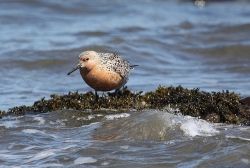
West coast red knots
Red knots often show up in places like California during the winter months. Some of these birds are rufa, but most of them are probably roselaari, or the Alaskan red knots. Roselaari red knots are the largest of all the red knots. Both subspecies look almost exactly the same and can often only be distinguished through genetic analysis. Roselaari red knots usually winter around northern South America and may, possibly, interbreed with some rufa red knots.
Both roselaari and rufa are in decline.
Photo by Jason Crotty.
Possible roselaari red knots
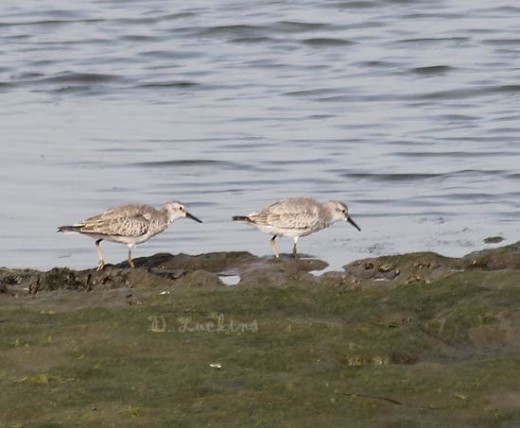
Here is my own photo of a couple of western red knots wading near my home. They were in a restricted area in the San Diego South Bay. Red Knots don't usually have their red color when they visit here in the winter.
Barska scope
Shorebirds like the red knot are often very difficult to observe and a scope is usually needed to get an accurate ID. Scopes can also be modified to fit a camera for digiscoping.

Where to read more about American red knots
Here are some recent links about the two subspecies of American red knots and their status.
- Crash: A Tale of Two Species - Video: Full Episode - Horseshoe Crabs, Red Knot Shorebird | Nature |
The horseshoe crab's annual spawning produces millions of eggs that are the lifeline for a tiny bird called the red knot. Watch the full episode now. - All about birds--Red Knot
Learn how to identify Red Knot, its life history, cool facts, sounds and calls, and watch videos. The Red Knot is the largest of the "peeps" in North America, and one of the most colorful. It makes one of the longest yearly migrations of any bird, tr - Red Knot | National Audubon Society Birds
All about red knots in the Americas - Crash: A Tale of Two Species - Why Save the Red Knot? | Nature | PBS
Even as our actions have imperiled the red knot, we can also preserve the species, by regulating the fishing industry and keeping clear of the beaches that the knots rely on during migration. - Red knots, horeshoe crabs, and a shared fight to survive
A New York Times article that talks about the plight of the rufa red knot. - Red Knot to get Endangered Species Act Protection %uFFFD ABA Blog
This article talks about the recent moves to protect the rufa Red Knot with the Endangered Species Act.
You Tube Videos on the American red knot
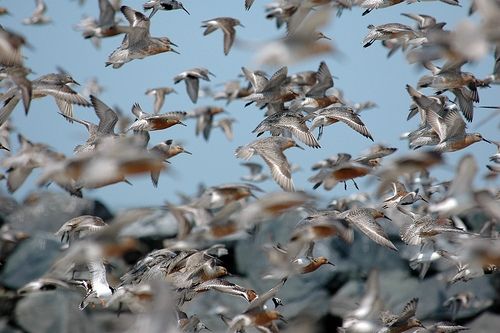
Have you ever seen a red knot?
I've seen them on the west coast, but have you seen them?
Photo by Gregory Breese, USFWS Northeast Region
Have you ever seen a red knot in the Americas?
Have a comment or question? Enter it here. I'm looking forward to hearing from you soon!
